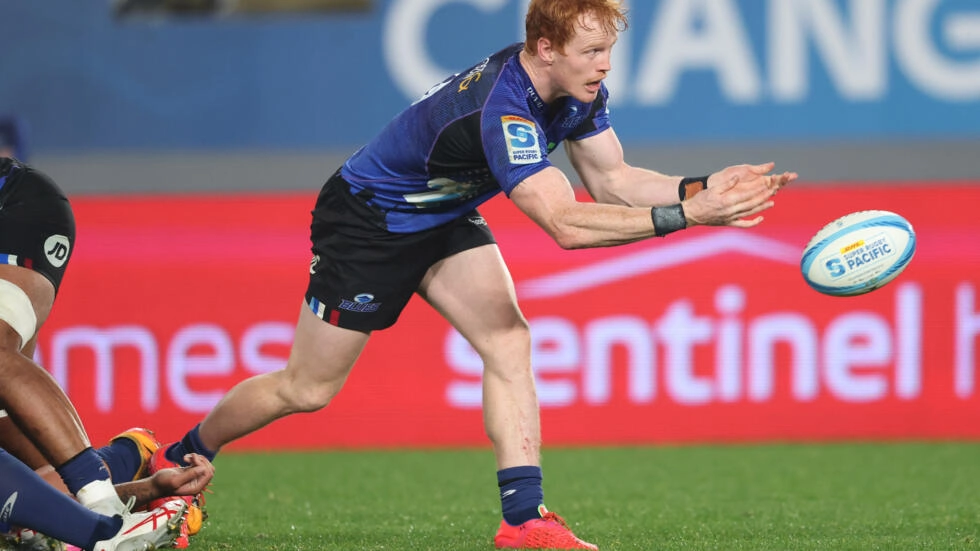Rugby is a beloved sport known for its physicality, teamwork, and strategic gameplay. While many people are familiar with traditional rugby, there are several variations of the sport that cater to different preferences and skill levels. Keep reading to explore the various types of rugby, including Rugby Union (15-a-side), Rugby Union 7s, Rugby Union 10s, Rugby League, and Touch/Tag/Beach Rugby.
Rugby Union (15-a-side)
Rugby Union, often referred to as simply “Rugby,” is the most widely recognized and played form of rugby. It is played with two teams, each consisting of 15 players. The objective is to score points by carrying, passing, or kicking the rugby ball over the opposing team’s try line or through the uprights.
Basics of Rugby Union
In Rugby Union, the game is divided into two halves, each lasting 40 minutes, with a 10-minute halftime break. The team with the most points at the end of the game wins. Points can be scored through tries, conversions, penalties, and drop goals
.
- Tries: A try is scored when a player crosses the opposing team’s try line and grounds the ball. It is worth five points.
- Conversions: After scoring a try, the attacking team has the opportunity to kick the ball through the uprights. A successful conversion adds two points to the team’s score.
- Penalties: Teams can also score points by successfully kicking a penalty goal, which is worth three points.
- Drop Goals: A drop goal, worth three points, is scored by kicking the ball through the uprights during open play.
Rugby Union 7s
Rugby Union 7s, also known as Sevens, is a fast-paced variant of Rugby Union. As the name suggests, each team comprises seven players instead of the traditional 15. This format emphasizes speed and agility, making it an exciting spectacle for players, regular spectators, and even sports bettors.
Key Features of Rugby Union 7s
- Shorter Matches: Rugby Union 7s games consist of two seven-minute halves, making them much shorter than traditional Rugby Union matches.
- Faster Gameplay: With fewer players on the field, there is more space to maneuver, leading to faster and more open gameplay.
- Continuous Action: The reduced number of players means fewer stoppages, resulting in a more continuous flow of action.
Rugby Union 7s has gained popularity worldwide, especially in tournaments like the Rugby World Cup Sevens.
Rugby Union 10s
Rugby Union 10s is a relatively less common variant of the sport, but it offers a middle ground between Rugby Union 15s and Rugby Union 7s. As the name suggests, each team consists of ten players. This format strikes a balance between the physicality of the 15-a-side game and the speed of 7s.
Highlights of Rugby Union 10s
- Team Size: Each team has ten players, providing a unique dynamic on the field.
- Game Duration: Matches typically last 20 minutes per half, offering a shorter game than Rugby Union 15s but longer than Rugby Union 7s.
- Variety: Rugby Union 10s tournaments often feature teams from various countries and regions, adding to the international appeal of the sport.
Rugby League
Rugby League is another popular form of rugby, distinguished by its own set of rules and gameplay style. Unlike Rugby Union, Rugby League features two teams of 13 players each. The primary objective is to score tries and goals by moving the ball down the field.
Key Aspects of Rugby League
- Six-Tackle Rule: In Rugby League, each team has six tackles (downs) to advance the ball down the field. If they do not score or reach a certain point within these six tackles, possession is handed over to the opposing team.
- Continuous Play: Rugby League is known for its fast-paced, non-stop action, as there are fewer stoppages in play compared to Rugby Union.
- Scoring: Teams can score points through tries, conversions, and penalty goals.
Rugby League has a strong following in countries like Australia and England and features its own world-class competitions, including the National Rugby League (NRL).
Touch/Tag/Beach Rugby
Touch, Tag, and Beach Rugby are variations of rugby designed to be less physically demanding while maintaining the spirit of the game. These versions are often played recreationally and are accessible to people of all ages and fitness levels.
Touch Rugby
- No Tackling: In Touch Rugby, players touch their opponents instead of tackling them. A touch constitutes a tackle, and the player must pass the ball to a teammate after being touched.
- Minimal Contact: Touch Rugby emphasizes agility, passing, and evasive skills rather than physicality.
Tag Rugby
- Tag Belts: Tag Rugby players wear belts with tags attached. Opponents must remove a tag to tackle a player.
- Non-Contact: Similar to Touch Rugby, Tag Rugby minimizes physical contact.
Beach Rugby (Union and League)
- Beach Setting: Beach Rugby is played on sandy beaches, adding an extra layer of fun to the game.
- Adapted Rules: Rules are adapted to suit the beach environment, with some variations in gameplay.
In conclusion, rugby is a diverse sport with various forms catering to different preferences and skill levels. There is a rugby variant for everyone to enjoy. So, grab a ball and some teammates, and experience the excitement of rugby in your preferred style.










